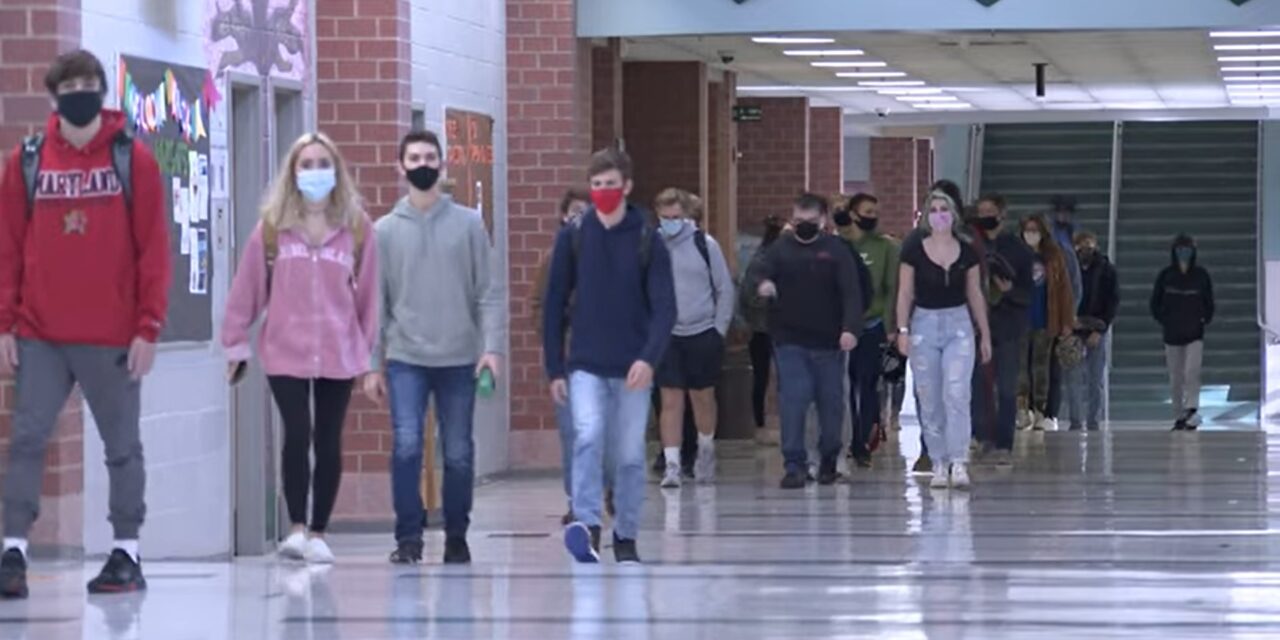By Nicky Wolcott
When the Howard County Board of Education voted last month to start the school day later, it became the second Maryland jurisdiction in just two years to push its school start times back.
The movement for later school start times has been gaining momentum for decades. Those efforts have come to fruition as Howard County passed a resolution to push its high school start time to 8 a.m. in the same academic year that Anne Arundel County implemented its 8:30 a.m. high school start times.
Anne Arundel County Public Schools announced that it was shifting to “healthier school start and dismissal times for students.”
Studies show that sleep deprivation in adolescents is a known risk factor for increased drug use, depression, and suicide. Academic performance as well as students’ physical and mental health improves when students are able to get more sleep, according to research done by the University of Minnesota.
Later school start times have also been shown to reduce students’ sleepiness and school tardiness per a study published in the Journal of Adolescent Health.
“What good are all the amazing classes offered in [Howard County Public School System] high schools if students are asleep in class? Or if the students can’t retain the information they are taught because they don’t get enough REM sleep?” Marriotts Ridge High School student Audrey Grutzik said at a Howard County school board meeting in January.
Teenagers experience a shift in their circadian clocks, also known as a biological or internal rhythm, after puberty. They get tired later at night and wake up later in the morning, and early school start times force high school students to ignore those biological needs.
“If school starts too early, adolescents are … being asked to function at a time that is misaligned with their biological clock,” said Dr. Amy Wolfson, who is on the board of directors of the Sleep Research Society and a professor at Loyola University in Maryland.
The Centers for Disease Control and Prevention recommends that high-school-aged students need eight to 10 hours of sleep a day.
But the most recent Maryland Department of Health youth risk survey in the 2018-19 school year found that only about 22% of Maryland high school students surveyed actually get the recommended eight-hour minimum of sleep, with a majority of respondents saying they get six hours or less of nightly rest.
In the 2022-23 school year, 17 of Maryland’s 24 jurisdictions’ average high school start times are before 8 a.m. Howard will be just the eighth jurisdiction in the state whose high schools’ average start time is at 8 a.m. or later when its resolution takes effect, joining Anne Arundel, Dorchester, Garrett, Prince George’s, St. Mary’s, Washington and Worcester counties.
With Anne Arundel and Howard counties shifting to later start times, they are still among the few Maryland school districts that fall in line with recommendations from the state health department and the American Academy of Pediatrics.
The Maryland General Assembly passed the Orange Ribbon for Healthy School Hours certification in 2016, which was sponsored by then-delegate and now-lieutenant governor Aruna Miller. It recognizes local school systems with start times at or after 8 a.m. — in line with the Maryland Department of Health and American Academy of Pediatrics' recommendations.
Howard and Anne Arundel counties both moved virtual school start times back during the COVID-19 pandemic to 8:30 a.m. and 9 a.m., respectively. Lisa VanBuskirk, the leader of the Anne Arundel County and Maryland chapters of Start School Later, said that the later school start times resonated with parents and students.
Start School Later is an organization that advocates for later school start times that are “compatible with health, safety, education, and equity.”
"I think districts realized, ‘Oh, my goodness, if we can start later virtually why can't we start later in reality?’ and students and families [were] saying the same things,” Wolfson said.
There are certain obstacles with the potential costs of updating transportation systems for different school start times should resolutions be passed. VanBuskirk said it can be harder for districts with smaller budgets to imagine footing potential costs when considering pushing school start times back.
However, Wolfson said any smaller interventions or countermeasures to limit the downsides of sleep deprivation in students don’t compare to the benefits of delaying school start times.
“Slowly but surely there is more cross-talk between the science world … and educators,” Wolfson said. “There is definitely more movement and more recognition now than even five or six years ago.”




Recent Comments